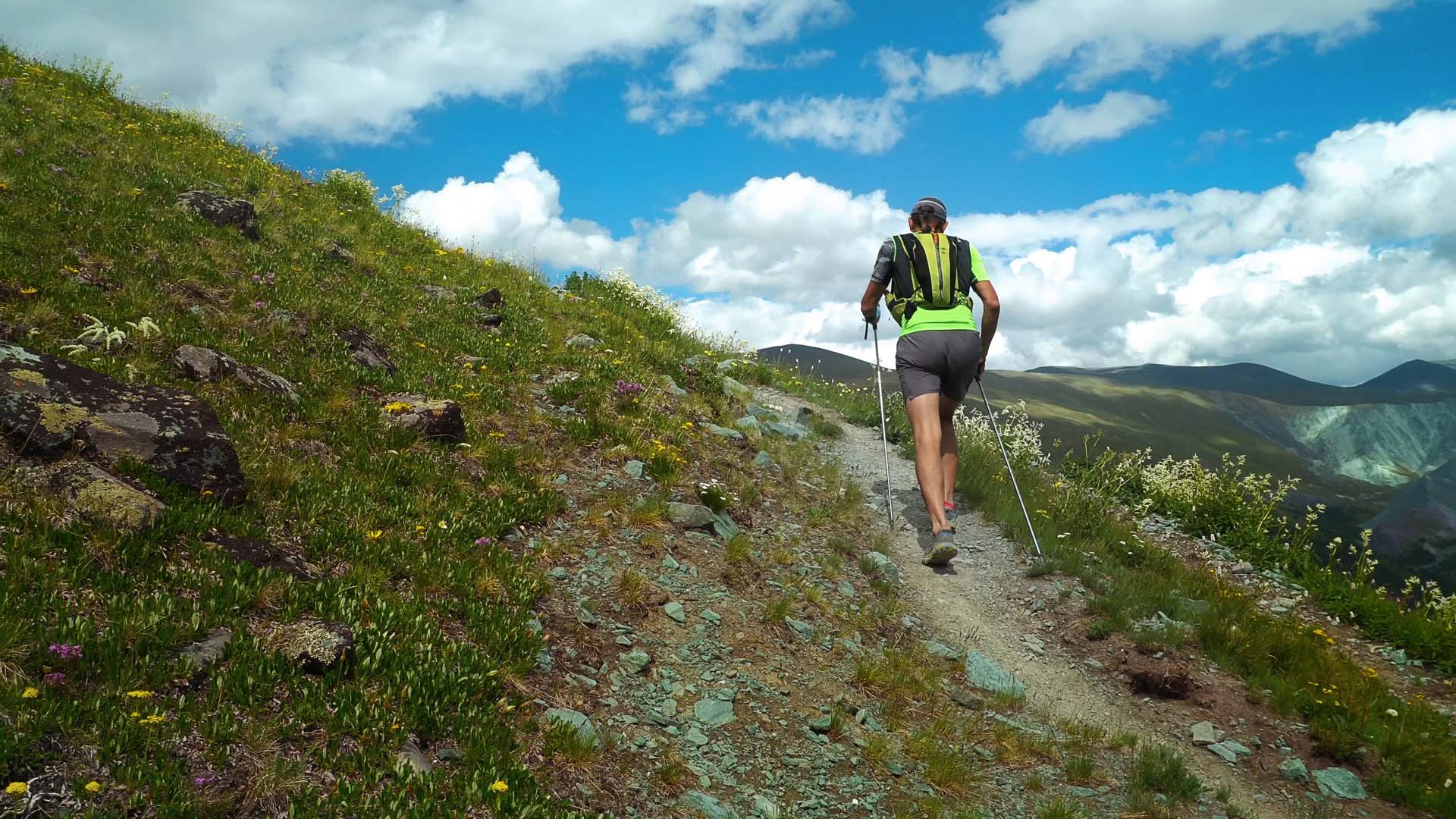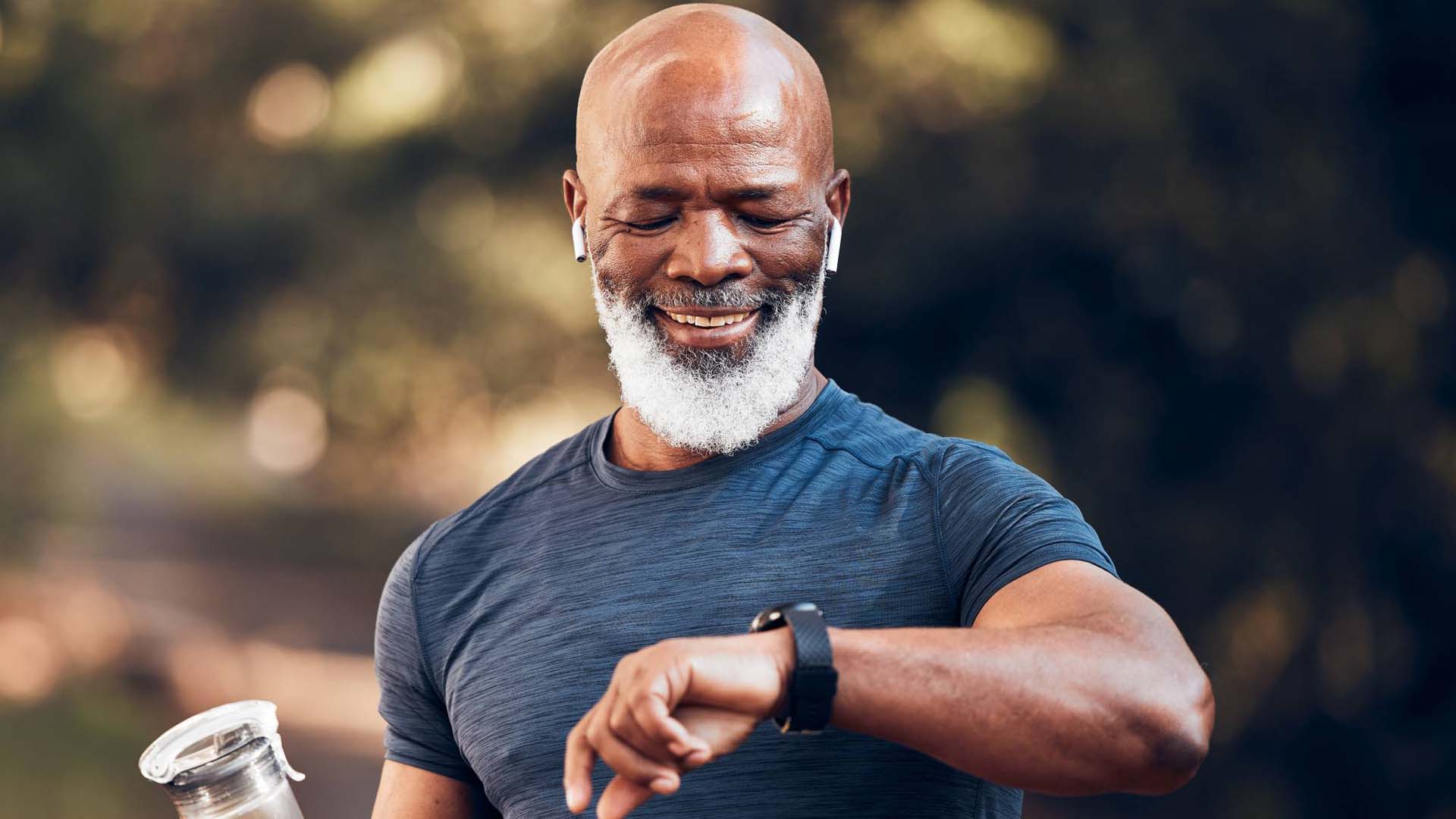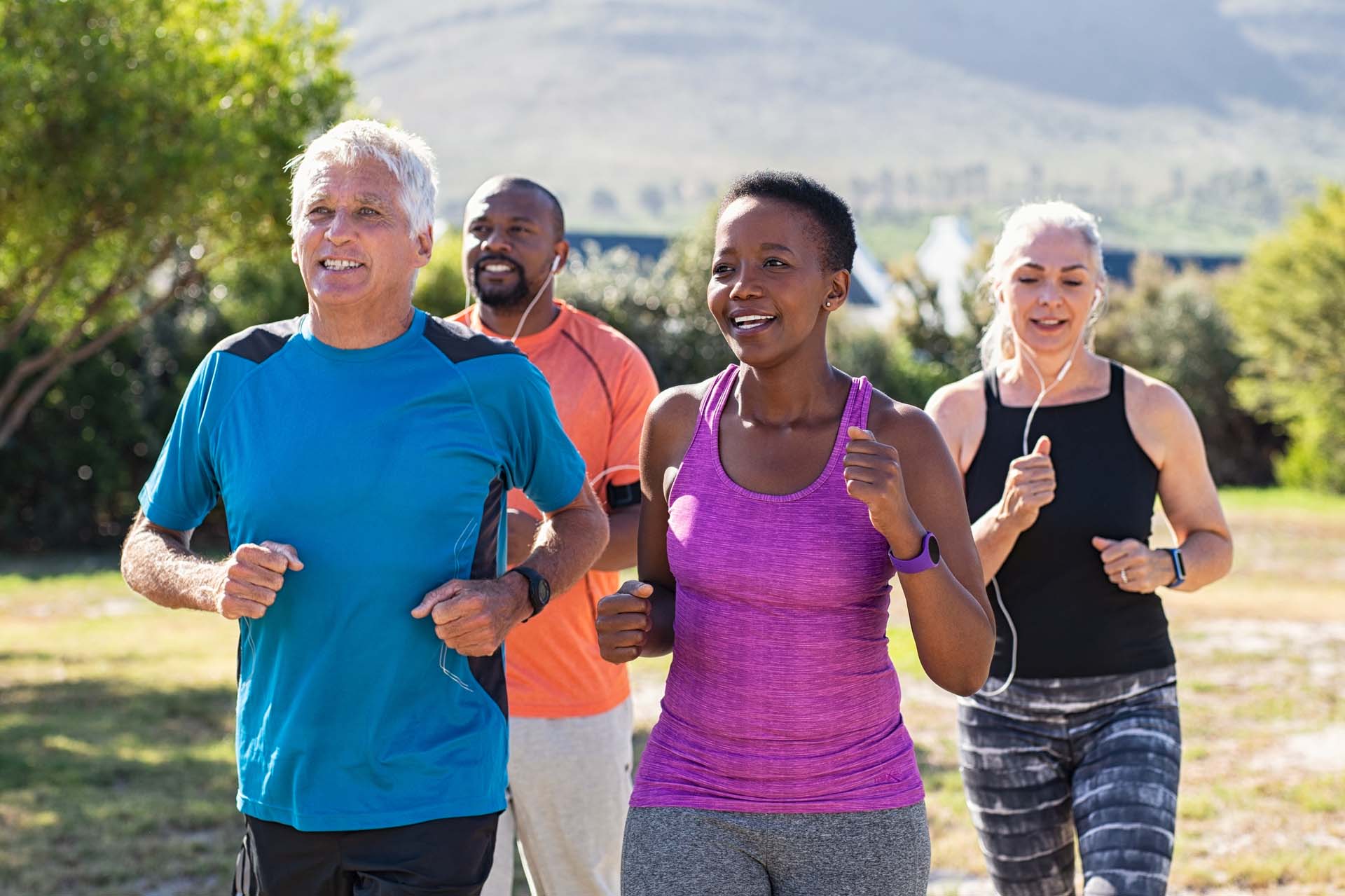How to train for 10k in six weeks
If you want to how long it takes to train for 10k, then we have some good news for you.

If you want to how long it takes to train for 10k, then we have some good news for you.

You’ve seen the advert, you’ve talked to a few friends, and you’ve read how great running a 10k can be. Now, the big question is how do you train for the distance?
Well, the good news is that it’s simple, relatively quick and, above all, very satisfying. Be warned, though, it’s also addictive – not to mention very good for you – and before you know it, you’ll be looking for more.
Here are some things you need to know before you start training for 10k:
Pace is going to be key here. Learning how to pace your run is all about talking to friends while you’re out. If you can do that, then you’re running at the right speed.
It’s the same rule for Olympians and beginners alike. Most of your running (or running and walking, otherwise known as Jeffing) should be comfortable, social and not taxing.
This is an element often ignored when you’re thinking about how to train for a 10k but it’s massively important. And, for all of you new to the world of running, adding speed to your run means you must stop and walk.
Think of a speed session as a way of turbocharging your schedule and plan to do something a little quicker once a week. We’re not talking Olympic sprint speed, rather simply going a little faster than your comfortable pace.
Improvement is all about changing pace – interval running training – every now and then.
For this, I’m a massive fan of bodyweight exercises. Strength training is hugely important as you get older. So, when you’re planning on how long to train for 10k, put aside half an hour once a week for exercises such as plank, push ups and squats.
Of course, you can always add more to your programme, as strength training for runners is vital when it comes to keeping your form over 10k – reducing the chances of injury and helping you with the speed training.

Research has identified that for all your 10k training to take effect, you need to plan in rest days. Most training schedules you read tend to be aimed at 30-somethings but, as an older runner, you need to pay attention to recovery almost as much as the running.
Take two or three days off between runs and a nice number to work to is that you need around two and half hours of fitness a week for improvement to occur. Swim or do a strength session but keep the pounding to a minimum. Trust me, your legs will thank you.
The right kind of running shoes are very important and worth the investment. The correct pair of shoes will not only be comfortable; they can minimise your risk of injury. There are some great bargains to be had by looking at last year’s models. I tend to head to Sportsshoes or Runners Need.
Joss Baldwin, from Runners Need buyer, says: “It’s important to wear the right running kit all year round, and the different seasons mean different garments.
“Your clothing and accessories will determine how successful your run can be, so invest in the right kit for you and make it simple to transition from season to season smoothly.”
When it comes to running clothes, always choose sweat-wicking, quick-drying, and breathable fabrics, to keep you cool and running comfortably.
Runner’s Gift Box, RRP £24.99

The good news is that it’s possible to train for a 10k in just six weeks. I’ve put together a plan for you that will see you appear at the starting line of your bucket-list race in top shape.
And as I suggested, be warned: this will just be the start. Next up, you’ll be asking what exactly is the half marathon distance?
| Day | New runners | Goal setters |
|---|---|---|
| Week one | ||
|
Monday |
20 minutes mixed walking and running |
20–30 minutes slow running |
|
Tuesday |
Rest |
Rest |
|
Wednesday |
Rest |
40 minutes, and include three efforts of three minutes, with 90 seconds between each effort |
|
Thursday |
20 minutes mixing walking and running |
20 minutes very slow running |
|
Friday |
Rest |
Rest |
|
Saturday |
Swim or head to the gym |
Swim or head to the gym |
|
Sunday |
30 minutes mixing walking and running |
60 minutes slow running |
| Week two | ||
|
Monday |
20 minutes mixing walking and running |
20–30 minutes slow running |
|
Tuesday |
Rest |
Rest |
|
Wednesday |
Rest |
40 minutes, and include four efforts of two minutes, with 60 seconds between each effort |
|
Thursday |
15 minutes running |
20 minutes very slow running |
|
Friday |
Rest |
Rest |
|
Saturday |
Swim or head to the gym |
Swim or head to the gym |
|
Sunday |
20 minutes running |
60 minutes slow running |
| Week three | ||
|
Monday |
30 minutes mixing walking or running |
20–30 minutes slow running |
|
Tuesday |
Rest |
Rest |
|
Wednesday |
Rest |
40 minutes, and include three efforts of five minutes, with 90 seconds between each effort |
|
Thursday |
25 minutes running |
20 minutes slow running |
|
Friday |
Rest |
Rest |
|
Saturday |
Swim or head to the gym |
Swim or head to the gym |
|
Sunday |
40–60 minutes mixing walking and running |
60 minutes slow running |
| Week four | ||
|
Monday |
30 minutes slow running |
40 minutes slow running |
|
Tuesday |
Rest |
Rest |
|
Wednesday |
Rest |
40 minutes, and include five efforts of three minutes, with 60 seconds between each effort |
|
Thursday |
40 minutes slow running |
20 minutes slow running |
|
Friday |
Rest |
Rest |
|
Saturday |
Swim or head to the gym |
Swim or head to the gym |
|
Sunday |
40 minutes slow running |
75 minutes slow running |
| Week five | ||
|
Monday |
30 minutes slow running |
30 minutes slow running |
|
Tuesday |
Rest |
Rest |
|
Wednesday |
Rest |
30 minutes, include eight efforts of one minute, with two minutes between each effort |
|
Thursday |
40 minutes slow running |
20 minutes slow running |
|
Friday |
Rest |
Rest |
|
Saturday |
Swim or head to the gym |
Swim or head to the gym |
|
Sunday |
30 minutes slow running |
45 minutes slow running |
| Week six | ||
|
Monday |
20 minutes slow running |
20 minutes slow running |
|
Tuesday |
Rest |
Rest |
|
Wednesday |
Rest |
20 minutes slow running |
|
Thursday |
10 minutes slow running |
20 minutes slow running |
|
Friday |
Rest |
Rest |
|
Saturday |
Rest |
Rest |
|
Sunday |
10k |
10k |
Paul Larkins has been a sports journalist for more than 30 years, covering two Olympic Games, one Paralympics, numerous World Championships and, most recently, the Commonwealth Games in Birmingham in 2022. He’s also been a magazine editor, heading up titles covering everything from running to cooking and buying tractors.
But his real passion is running. As a former GB International athlete and sub-4-minute miler in the 1980s, Paul has a great understanding of life-long fitness and the benefits it can provide.




The secret to being a successful trail ultra-runner as you get older includes a lot of walking and eating.

Running a half marathon is all about the right training. Here’s how to go about it.

Your questions answered about what really is a good 5k time.


Expert advice on how to train for a 5k with just three runs a week.

Running your first 5k is all about getting the pace right.